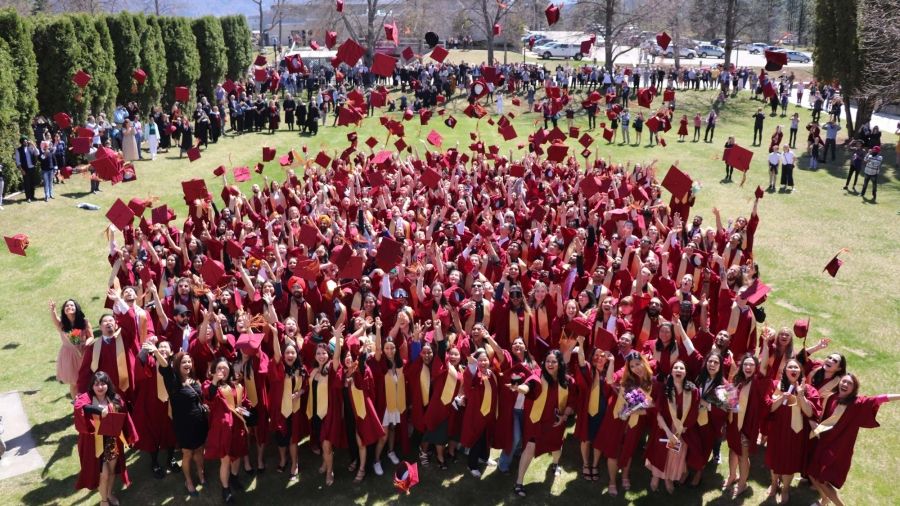
Selkirk College is renewing its strategic plan, and asking for public input on how it can best meet regional labour market demands and educational aspirations.
Since the mid-1960s, Selkirk College has been an essential economic and cultural driver that contributes more than $450 million annually to the West Kootenay and Boundary regions. It provides a range of post-secondary training and education opportunities in six communities and serves over 2,200 full-time students each year.
“We’re a community college, and any strategy we develop has to be informed by local and regional needs,” says Selkirk College President Maggie Matear. “This is a really exciting opportunity for us—we’ve made significant progress on our previous strategic plan, and now we can start to dream about how we want to see ourselves in the future.”
Over the last five years, the Building Remarkable Futures: Strategic Plan 2019–2024 has been the reference point for ongoing work at the college. Since 2019, much has changed both locally and globally. The COVID-19 pandemic accelerated several developments in the post-secondary sector, such as online and hybrid learning, but there has also been a call for more flexible credentials, integrated workforce training, rapid learning technology advances, shifts in government funding, greater diversity, Indigenization and internationalization, and the rise of artificial intelligence. “This suggests a need for a strategy that supports our ability to address rapid change, while maintaining the values, commitments and vision that make Selkirk College such a special place,” adds Matear.
The college has partnered with Higher Education Strategy Associates (HESA) to support the strategic plan development process. A respected national leader in the post-secondary sector, the external consultant provides an objective viewpoint that will be able to assess strengths, weaknesses, opportunities and challenges.
The college has a steering committee made up of members of its Board of Governors, the Education and College Services divisions, three employee unions, the student union, the Equity, Diversity & Inclusion advisory committee, and Indigenous Programming & Engagement.
Externally, the college is appealing to all members of the community to take part in a series of virtual and in-person sessions over the coming weeks where thoughtful input is welcomed. An online survey will also be made available.
“The public consultation element of this process is crucial to final outcomes,” says Matear. “This college belongs to everybody, and this is the perfect opportunity to let us know what you think.”
Join us at an upcoming consultation session and learn more about the strategic plan development process.
